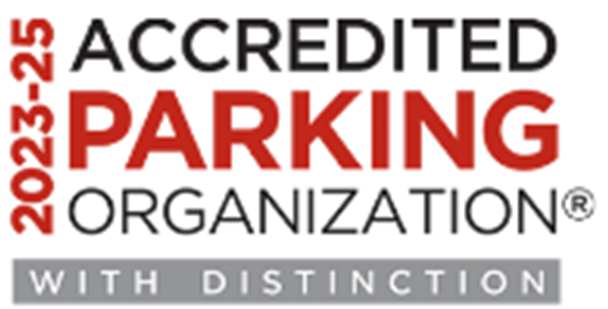Paid hospital parking is a topic of populist debate that continues to polarize opinion. However, the issue is not as clear cut as it may superficially seem, and free parking is not without complication.
If your healthcare facility currently offers free parking and transportation services, here are three questions worth considering.
How do you fund your parking facility?
The average parking stall costs $24,000–$34,000 to construct, and $500–$800 annually to operate and maintain. Add ancillary services like shuttle and valet to the mix, and the capital intensity of parking and transportation services becomes glaringly clear.
It’s not uncommon, however, for parking and transportation outlay to be untabulated or even unallocated. So, where does the money ultimately come from? Or, more accurately, what are the funds being diverted away from?
Without a dedicated revenue stream, parking facilities absorb capital that could be used for clinical care.
For this reason,
“free healthcare parking” is a misnomer. Even without charges, healthcare parking will never be free — the cost will always be realized somewhere in the continuum of actions and services that make up the patient experience (PX).
Thus, it’s to everyone’s benefit to have a self-sustaining parking asset — one that features a community-driven and compassionate parking rate plan, with options to suit every budget and circumstance.
How does your parking facility contribute to the patient experience?
Healthcare providers often fear that implementing charges will compromise patient satisfaction — particularly when it comes to services outside of the clinical realm.
Research proves, however, that this is a false dichotomy — there is, in fact, a strong correlation between superior patient experience and higher hospital margins. This suggests that patients and visitors are willing — happy even — to pay nominal charges for improvements that they can quantify.
When it comes to your parking asset, enhancements funded by parking charges can help to extend the environment of care to one of your most critical non-clinical touchpoints. Little touches, such as brighter lighting, crisp paint, and fresh signage, and bigger, braver enhancements like modernized shuttles all serve to make patients and visitors feel well cared for throughout their healthcare journey.
The little-by-little approach to improving the patient experience is more vital than ever. According to Deloitte’s 2017 Health Care Outlook, PX enhancements can “strengthen customer loyalty, build reputation and brand, and boost utilization of hospital services through increased referrals to family and friends” in a marketplace where quality of experience has become the main driver of patient loyalty.
Can your parking facility meet demands?
Population growth, population aging and, in the U.S., enhanced treatment eligibility under the Affordable Care Act are driving a substantial increase in healthcare demand.
This increase — particularly in communities experiencing rapid growth — has the potential to negatively impact hospitals with free parking and transportation amenities by pushing demand beyond supply.
A reduction in free parking in the surrounding area only catalyzes the issue, as drivers who have no intention of engaging with your organization will be drawn to your parking facility if their true destination is nearby.
This usage compromises the availability of parking for your patients, visitors, staff, and volunteers.
An on-site parking deficit isn’t just an inconvenience. It increases on-site congestion, drives up emission levels, lowers pedestrian safety levels and, ultimately, reduces patient and visitor satisfaction with the entry/exit experience.
Appropriately priced parking products allow healthcare providers to regain control of their parking supply, in turn cutting cruising times, congestion, and emission levels. They can also help to maximize existing resources; a parking facility generating a healthy revenue stream, for example, can be used to supplement a complimentary shuttle, valet, or golf cart service that can increase capacity without construction.
Impark HEALTH
Not every hospital is ready for or requires paid parking. However, if the time comes to implement charges, it’s essential to partner with an operator that addresses your facility’s unique attributes and challenges and, most importantly, puts patients first.
Impark HEALTH has aided the transition to paid parking for multiple healthcare sites with a compassionate and community-driven approach to parking management. Drawing upon observations and best practices gleaned from our portfolio of North American healthcare parking facilities, we develop tailored pricing and discount packages to suit each site.


